Hard matters: Concrete Concept tours the world of brutalism
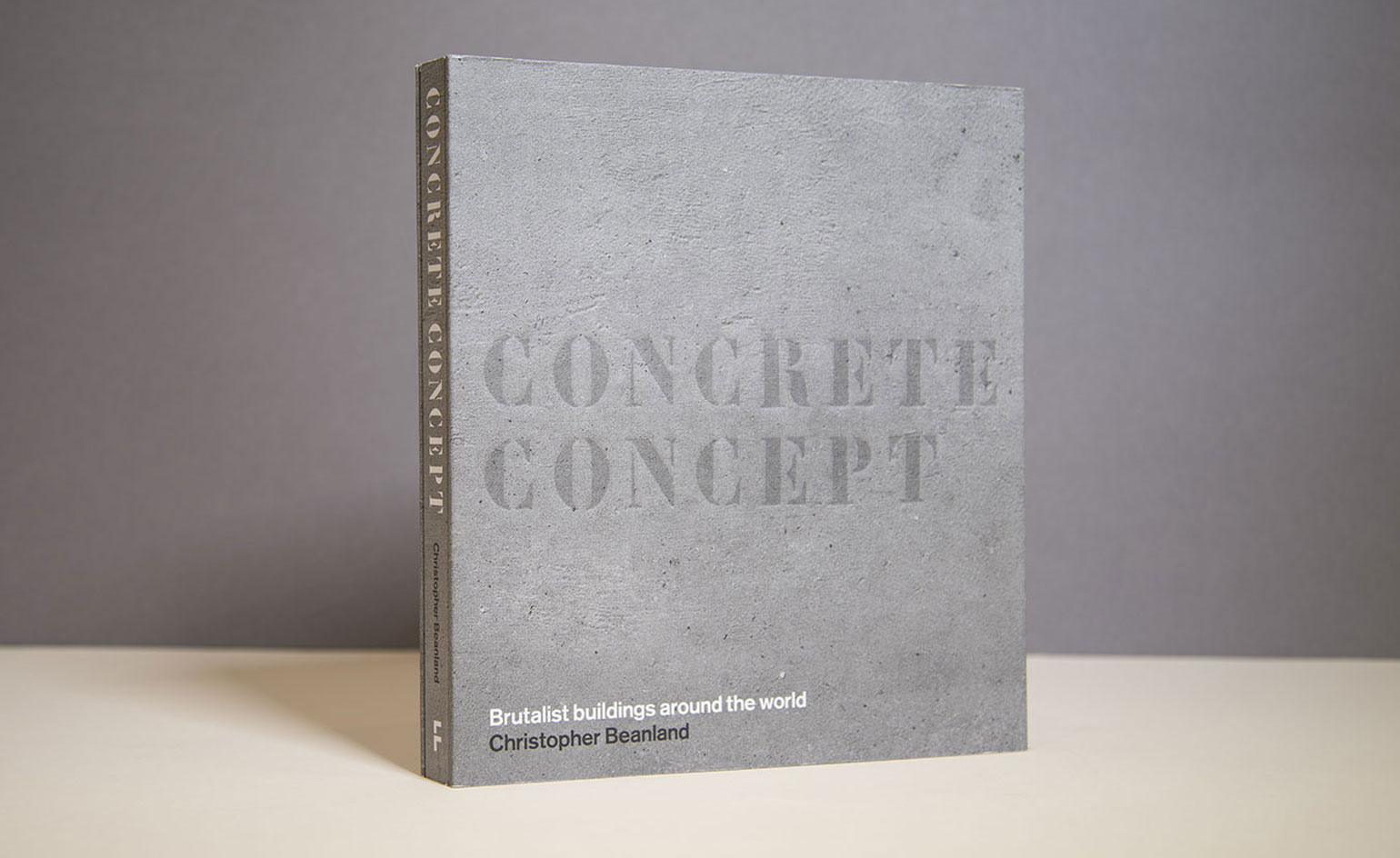
Concrete’s moment in the spotlight is still going strong. When it comes to design – and, more importantly, architecture – that most unrefined of materials can, in the right form, still stop a viewer in their tracks. The latest publication to document a host of brutalist beauties created in the composite is Concrete Concept, a surprisingly light-weight book that provides us a visual world-tour of tortured edifices.
‘Concrete was cheap, but it could be stretched into crazy shapes,’ claims writer Christopher Beanland in his introduction. Reading like an encyclopaedia of the 1960s movement, the tome begins with contributor Jonathan Meades’ own dictionary of brutalist architecture, running from 'A for Asplund' through to 'Z for Zapotec' (with notable mentions of 'L for Luder' and 'C for Cité Radieuse' along with way).
Continuing on as a world map of retro-futuist structures, the volume travels from Le Corbusier’s iconic Unité d'Habitation in Marseilles to the classically fun Marina City in Chicago, with surprising stop offs like Preston bus garage in the UK. Created in 1969, the bold layers of the listed structure abstractly curve upward to create a boisterous pattern.
Concrete Concept also explores the transforming nature of brutalism: from the Cuban Soviet Embassy, set in the harsh surroundings of Havana, to the sunnier summer vibes of India’s scooping Palace of Assembly in Chandigarh. Elsewhere, unusual animalistic forms appear in Fritz Wotruba’s eponymous Viennese church. The book further touches trends in the ways of concrete, recording that Palacio de Justica in Lisbon looks achingly similar to Le Corbusier's Unité d'Habitation.
‘It’s a book about a vision of the future from the past,’ Beanland explains, leading us to think about how our concrete favourites will be envisioned in years to come.
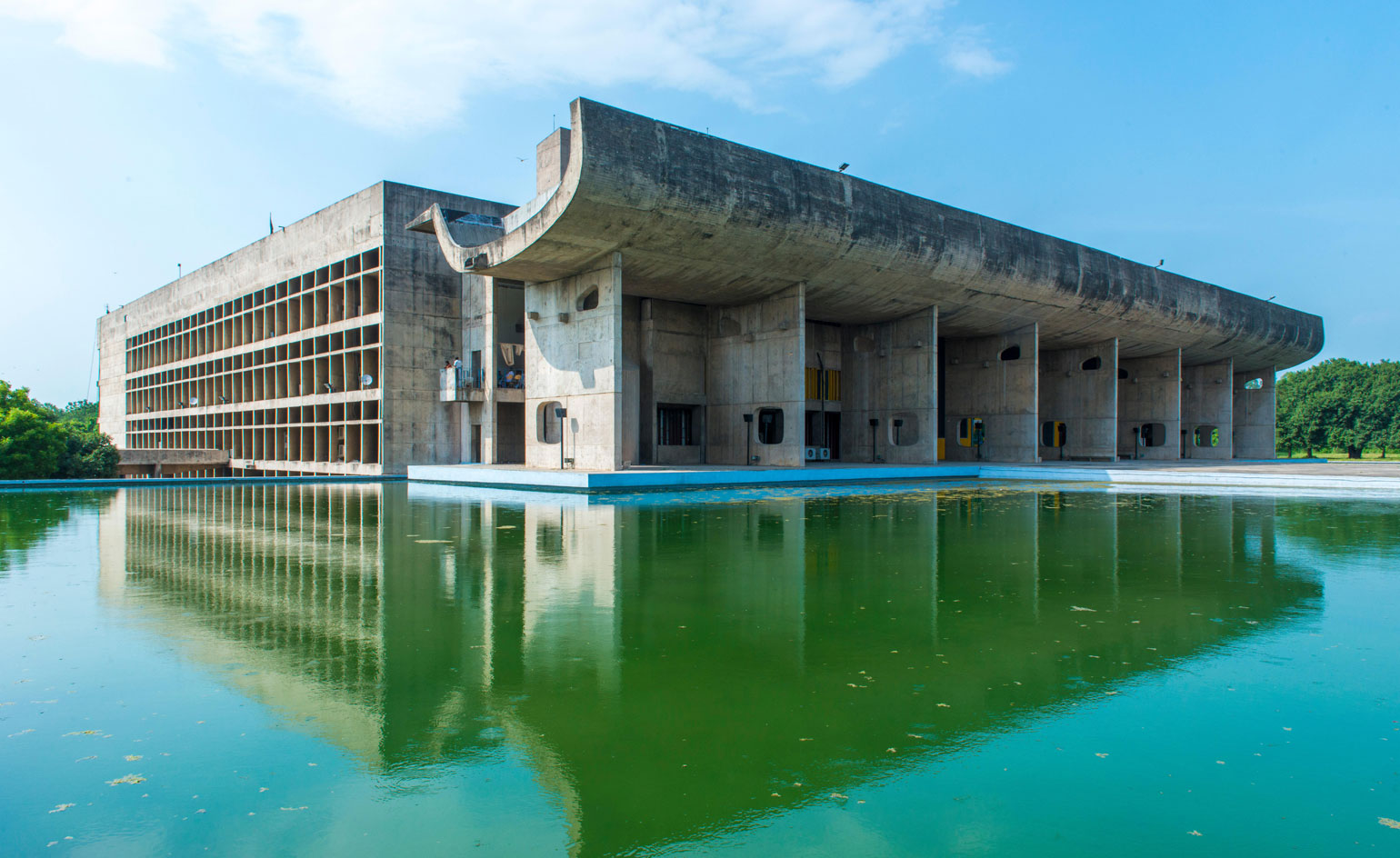
Reading like an encyclopaedia of brutalism, the tomb starts with contributor Jonathan Meades’ own dictionary of brutalist architecture, from 'A for Asplund' through to 'Z for Zapotec'. Pictured: Palace of Assembly, Chandigarh, by Le Corbusier, 1956.

The volume tours various classic structures, from Le Corbusier’s iconic Unité d'Habitation to Marina City in Chicago. Pictured: the Barbican Centre, London, by Chamberlin, Powell and Bon, 1965–82.

A surprising stop off on the brutalist tour is Preston's abstractly curvaceous bus station, built in 1969 by Ove Arup and Partners and designed by Keith Ingam and Charles Wilson of Building Design Partnership with EH Stazicker.

The animalistic Wotruba Church, Vienna, by Fritz Wotruba, 1976.
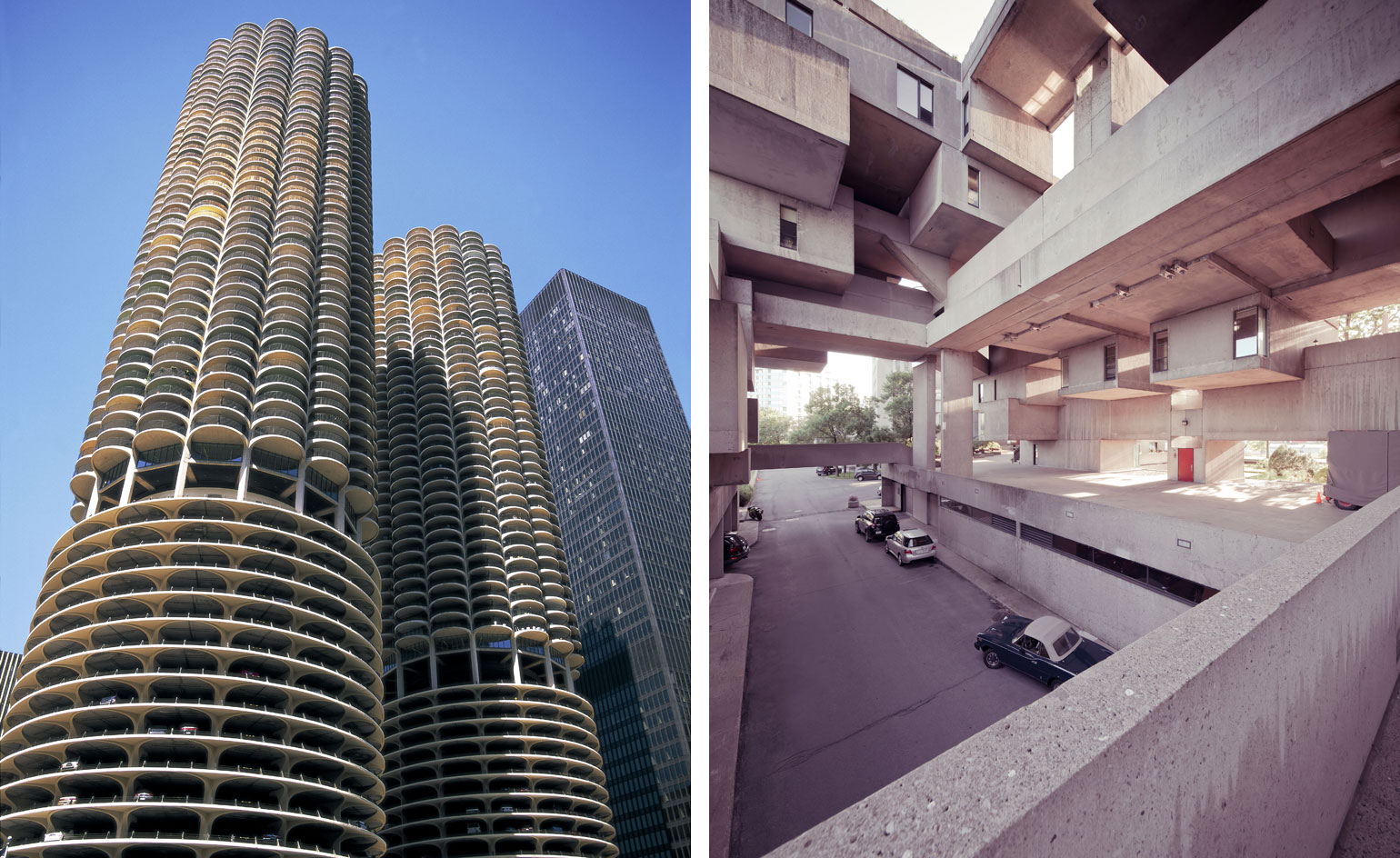
Pictured left: Marina City, Chicago, by Bertrand Goldberg, 1964. Right: Habitat 67, Montreal, by Moshe Safdie, 1967.
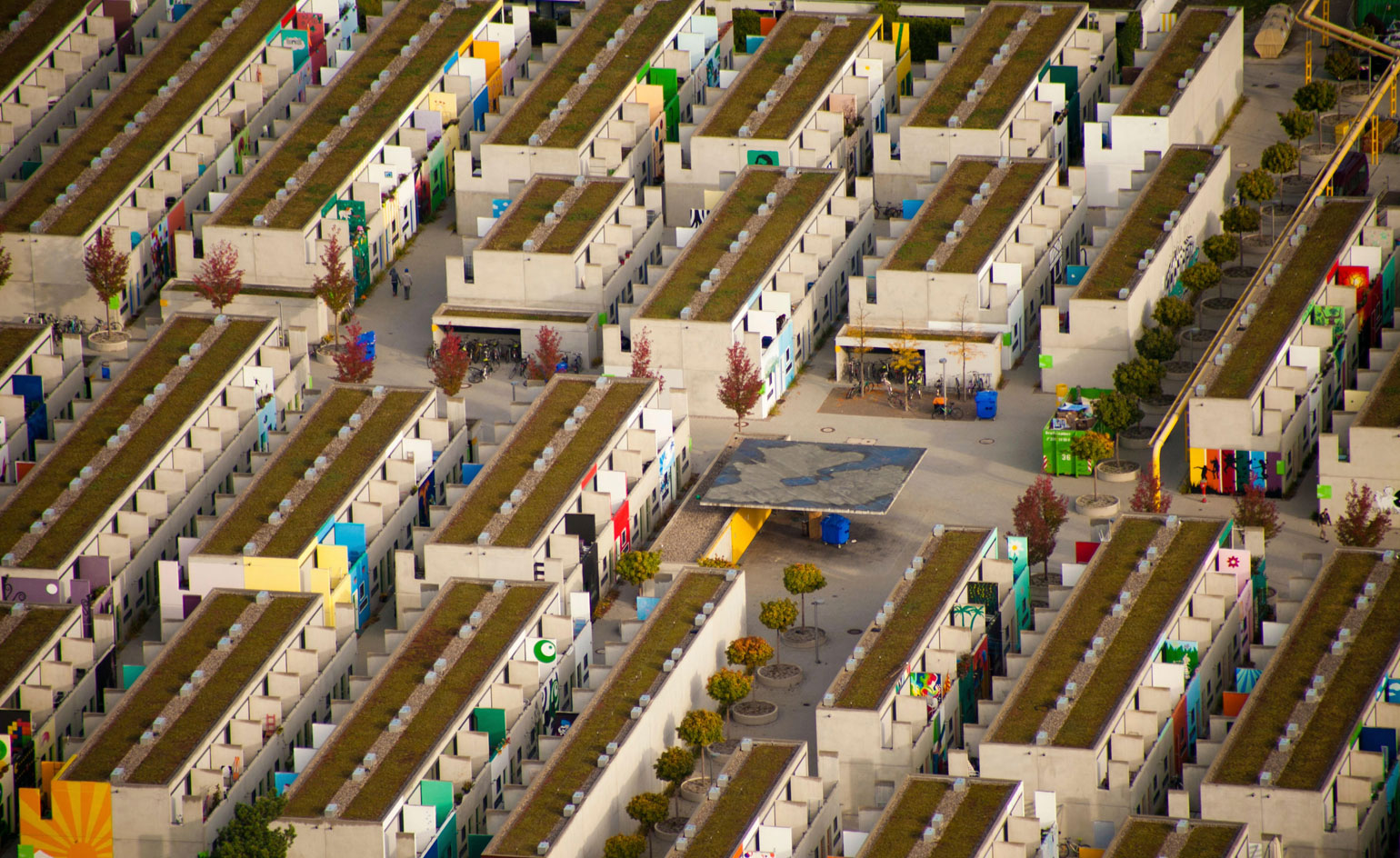
Munich Olympic Village and Park, Munich, by Gunter Behnisch and Frei Otto (stadium); Heinle, Wischer und Partner, Eckert und Wirsing (Olympic Village), 1972.
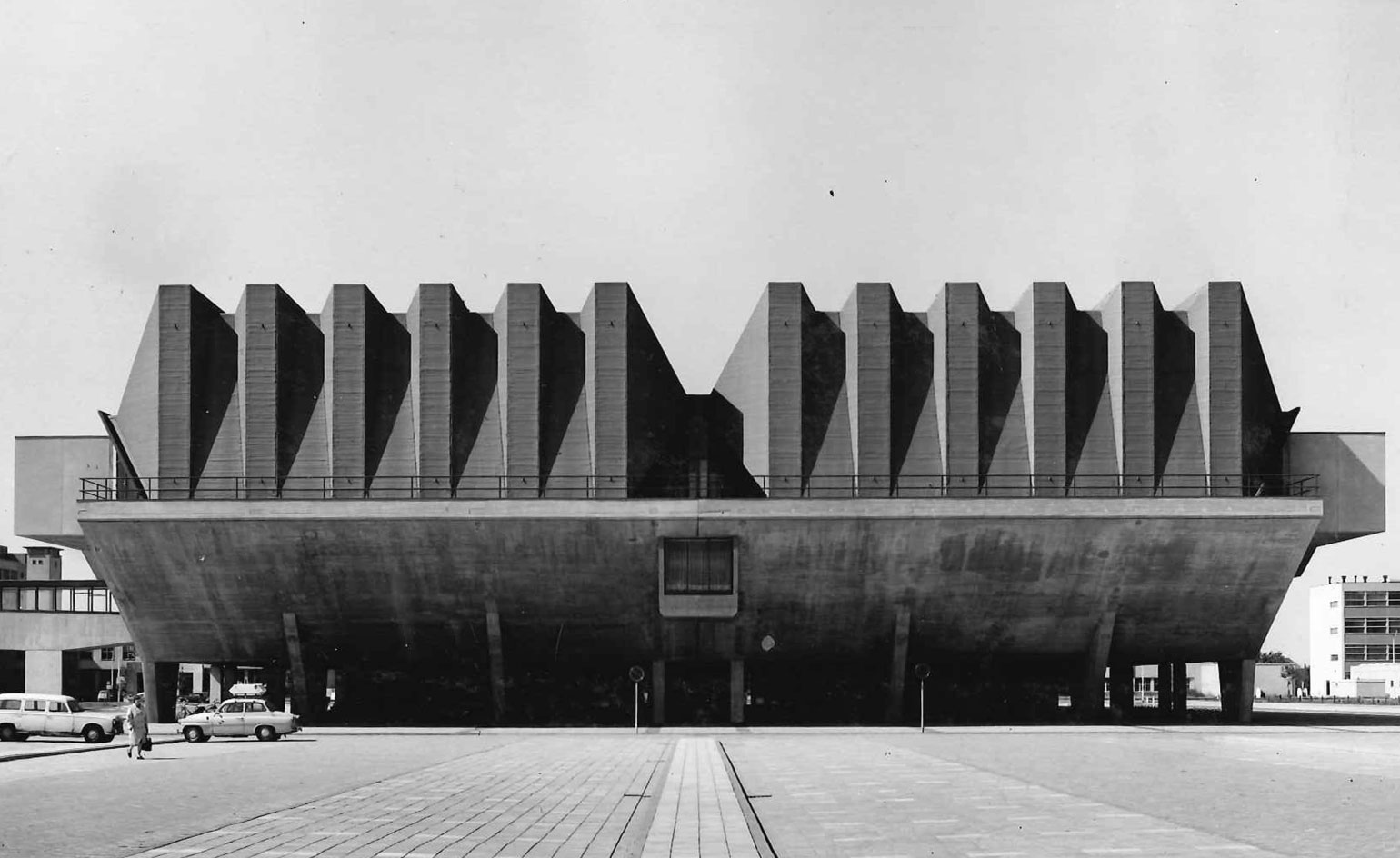
Aula at Delft University of Technology, by Jo van den Broek and Jaap Bakema, 1966. Courtesy Rotterdam, Archives Broekbakema Architects
INFORMATION
Concrete Concept: Brutalist buildings around the world, by Christopher Beanland, £20, published by Frances Lincoln. For more information, visit the publisher’s website
Receive our daily digest of inspiration, escapism and design stories from around the world direct to your inbox.
Sujata Burman is a writer and editor based in London, specialising in design and culture. She was Digital Design Editor at Wallpaper* before moving to her current role of Head of Content at London Design Festival and London Design Biennale where she is expanding the content offering of the showcases. Over the past decade, Sujata has written for global design and culture publications, and has been a speaker, moderator and judge for institutions and brands including RIBA, D&AD, Design Museum and Design Miami/. In 2019, she co-authored her first book, An Opinionated Guide to London Architecture, published by Hoxton Mini Press, which was driven by her aim to make the fields of design and architecture accessible to wider audiences.
-
 Stay at this 17th-century farmhouse featured in ‘Hamnet’
Stay at this 17th-century farmhouse featured in ‘Hamnet’Inspired to live like a Tudor? Cwmmau Farmhouse, available as a holiday let through the National Trust, stars as the childhood home of Shakespeare’s wife, Agnes
-
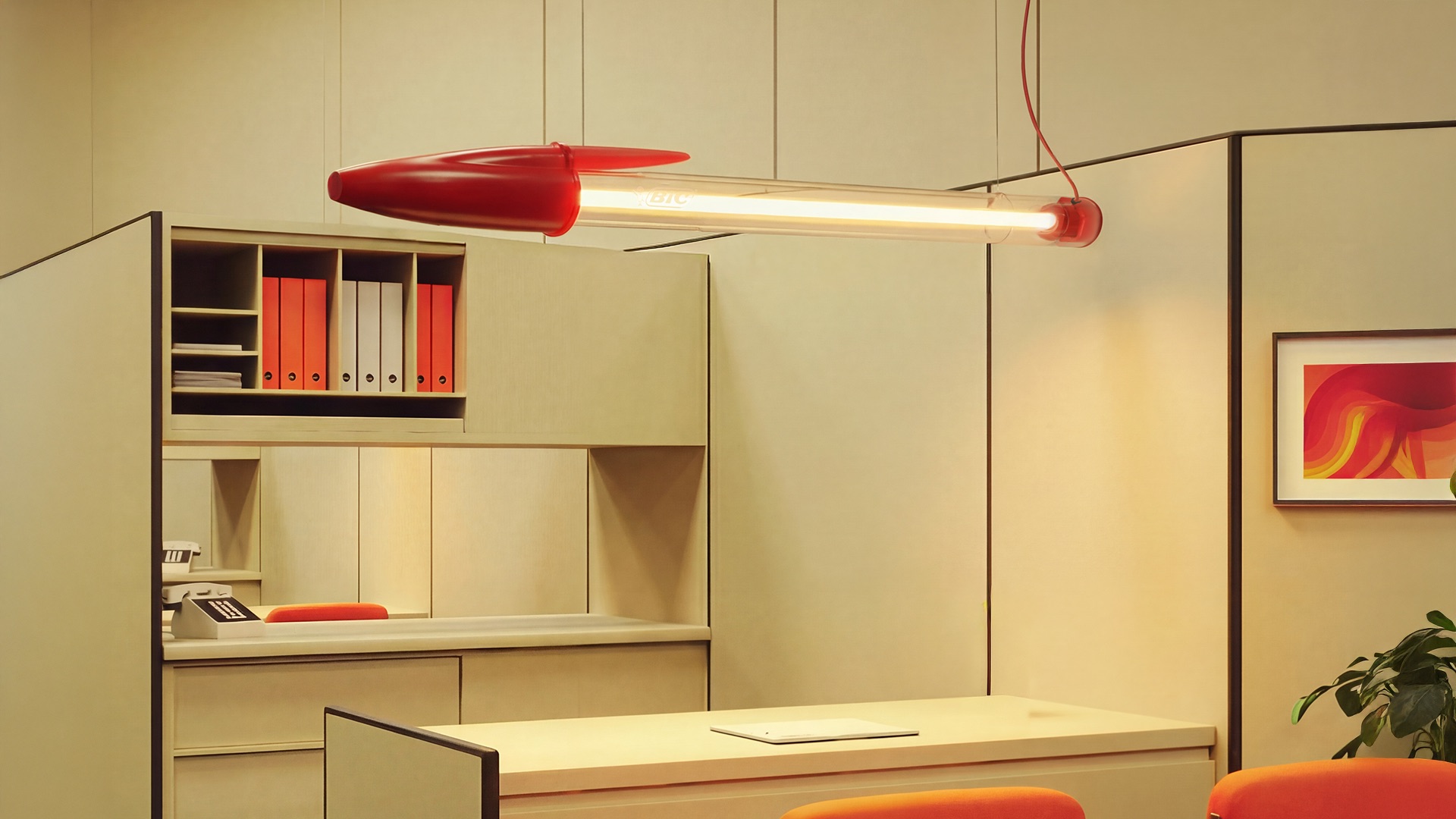 Remember the Bic Biro? It’s now a larger-than-life lamp
Remember the Bic Biro? It’s now a larger-than-life lampSeletti honours the iconic Bic pen on its 75th anniversary with a gigantic, luminous reproduction of its design
-
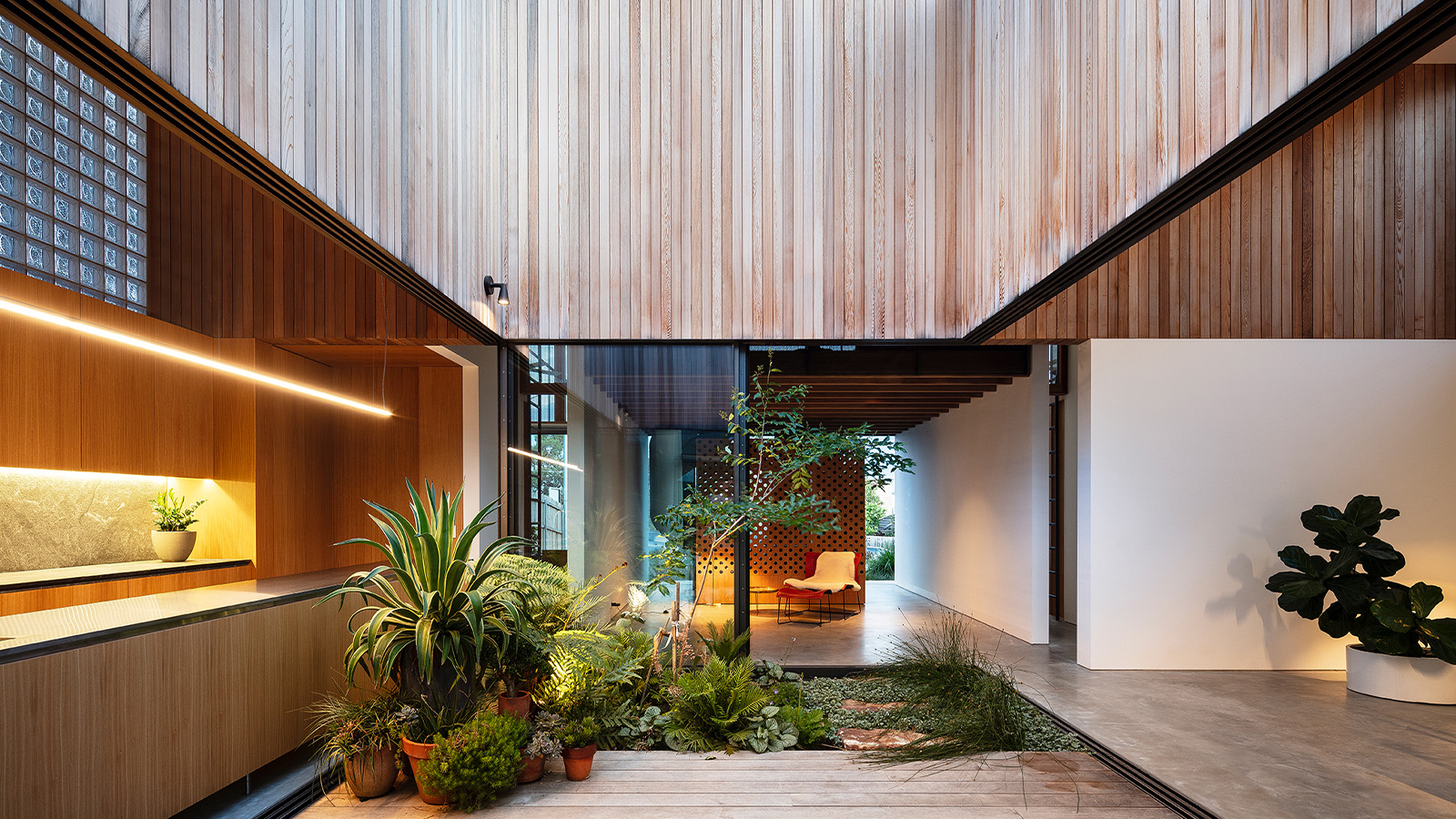 Tour these soothing courtyard homes around the world
Tour these soothing courtyard homes around the world‘Courtyard Homes’, a new book published by Phaidon, explores some of the most innovative interpretations of the genre, from Hawaii to south-east London
-
 Tour these soothing courtyard homes around the world
Tour these soothing courtyard homes around the world‘Courtyard Homes’, a new book published by Phaidon, explores some of the most innovative interpretations of the genre, from Hawaii to south-east London
-
 In addition to brutalist buildings, Alison Smithson designed some of the most creative Christmas cards we've seen
In addition to brutalist buildings, Alison Smithson designed some of the most creative Christmas cards we've seenThe architect’s collection of season’s greetings is on show at the Roca London Gallery, just in time for the holidays
-
 David Kohn’s first book, ‘Stages’, is unpredictable, experimental and informative
David Kohn’s first book, ‘Stages’, is unpredictable, experimental and informativeThe first book on David Kohn Architects focuses on the work of the award-winning London-based practice; ‘Stages’ is an innovative monograph in 12 parts
-
 This modernist home, designed by a disciple of Le Corbusier, is on the market
This modernist home, designed by a disciple of Le Corbusier, is on the marketAndré Wogenscky was a long-time collaborator and chief assistant of Le Corbusier; he built this home, a case study for post-war modernism, in 1957
-
 Richard Seifert's London: 'Urban, modern and bombastically brutalist'
Richard Seifert's London: 'Urban, modern and bombastically brutalist'London is full of Richard Seifert buildings, sprinkled with the 20th-century architect's magic and uncompromising style; here, we explore his prolific and, at times, controversial career
-
 The Architecture Edit: Wallpaper’s houses of the month
The Architecture Edit: Wallpaper’s houses of the monthFrom Malibu beach pads to cosy cabins blanketed in snow, Wallpaper* has featured some incredible homes this month. We profile our favourites below
-
 A neo-brutalist villa for an extended family elevates a Geneva suburb
A neo-brutalist villa for an extended family elevates a Geneva suburbLacroix Chessex Architectes pair cost-conscious concrete construction with rigorous details and spatial playfulness in this new villa near Geneva
-
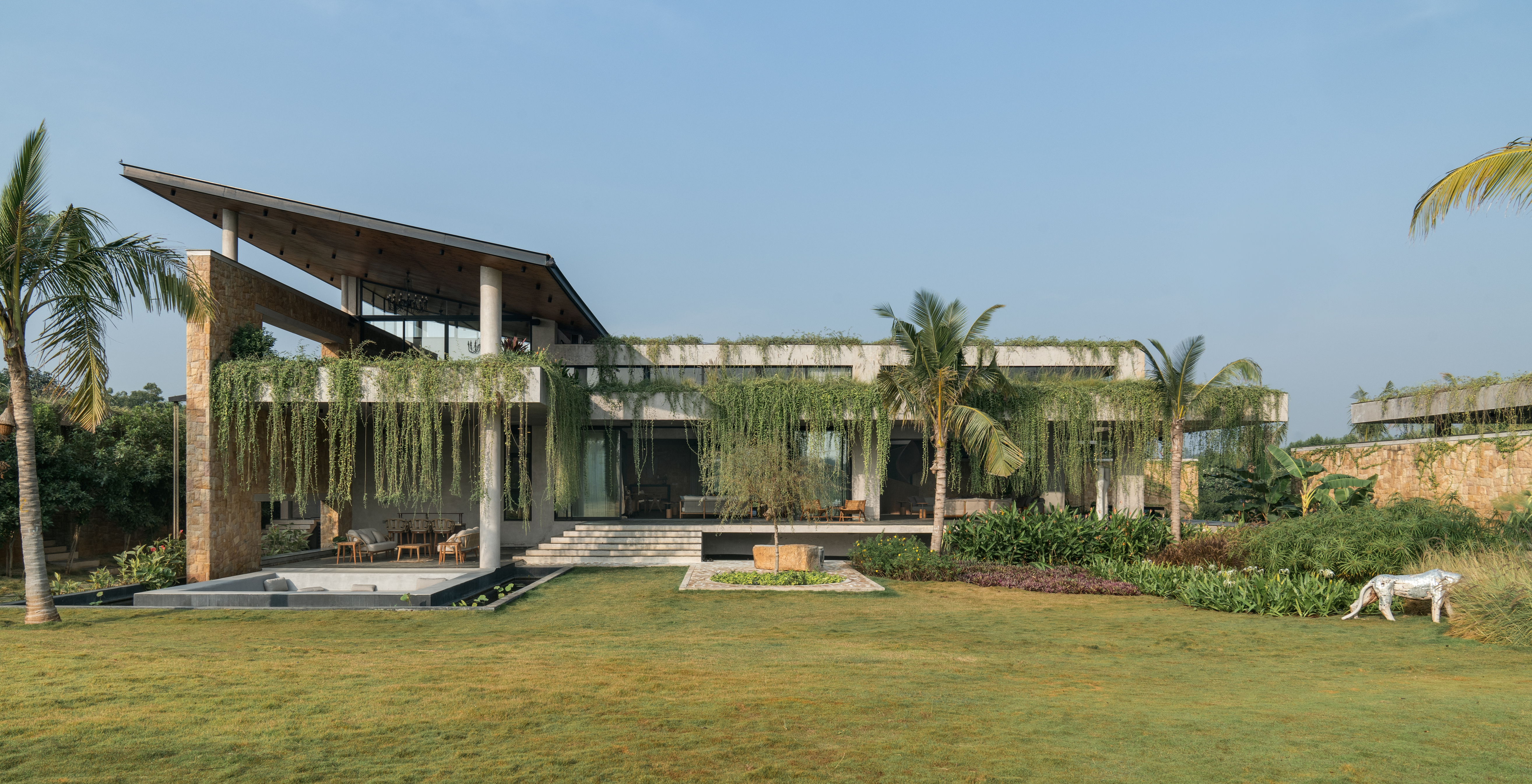 Cascading greenery softens the brutalist façade of this Hyderabad home
Cascading greenery softens the brutalist façade of this Hyderabad homeThe monolithic shell of this home evokes a familiar brutalist narrative, but designer 23 Degrees Design Shift softens the aesthetic by shrouding Antriya in lush planting